Subgenus Sycomorus Higher classification Fig | Scientific name Ficus sycomorus Rank Species | |
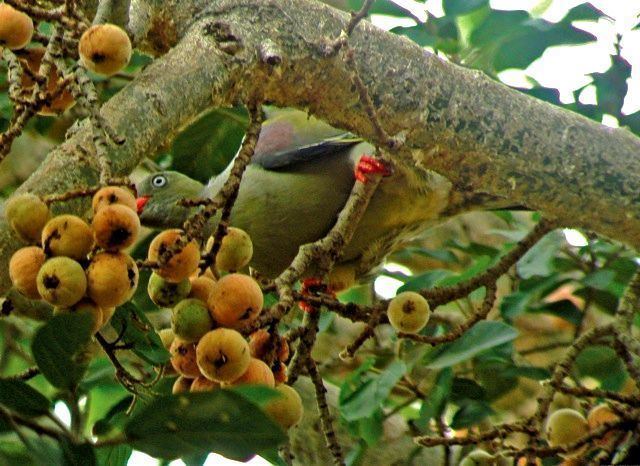 | ||
Similar Fig, American syca, Moraceae, Plane trees, Syca maple | ||
Ficus sycomorus fruit desert
Ficus sycomorus (Bambara: Sutoro), called the sycamore fig or the fig-mulberry (because the leaves resemble those of the mulberry), sycamore, or sycomore, is a fig species that has been cultivated since ancient times.
Contents
- Ficus sycomorus fruit desert
- Huge ficus sycomorus in ghrelata ethiopia
- Distribution
- Description
- Cultivation
- Gardens
- Judaism and Christianity
- Other religions
- References

The term sycamore spelled with an A has also been used for unrelated trees: the Great Maple, Acer pseudoplatanus, or plane trees, Platanus. The spelling "sycomore", with an O rather than an A as the second vowel is, if used, specific to Ficus sycomorus .
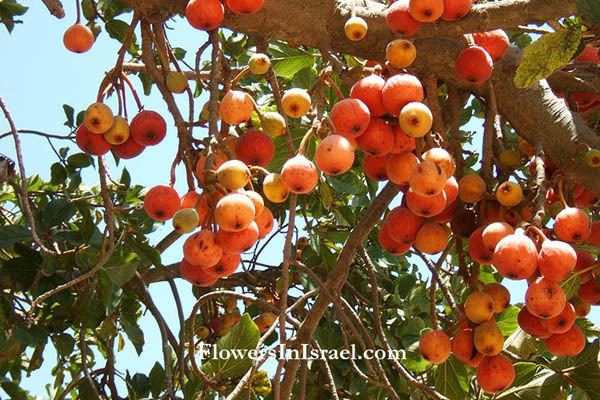
Huge ficus sycomorus in ghrelata ethiopia
Distribution
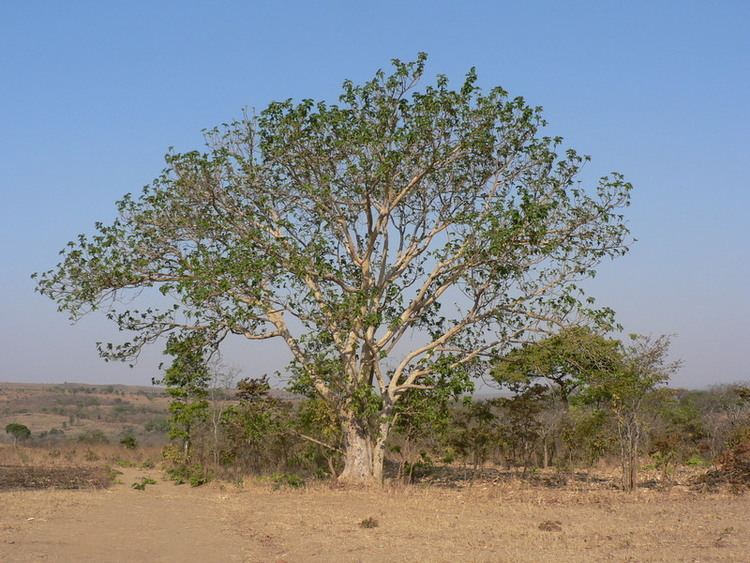
Ficus sycomorus is native to Africa south of the Sahel and north of the Tropic of Capricorn, also excluding the central-west rainforest areas. It also grows naturally in Lebanon, whose famous Gemmayzeh Street is derived from the tree's Arabic name, Gemmayz; in the southern Arabian Peninsula; in Cyprus; in very localized areas in Madagascar; and as a naturalised species in Israel and Egypt. In its native habitat, the tree is usually found in rich soils along rivers and in mixed woodlands.
Description
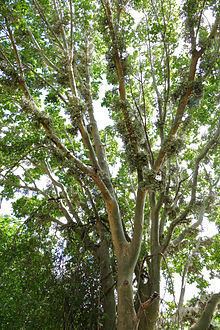
Ficus sycomorus grows to 20 m tall and has a considerable spread as can be seen from the photograph below right, with a dense round crown of spreading branches. The leaves are heart-shaped with a round apex, 14 cm long by 10 cm wide, and arranged spirally around the twig. They are dark green above and lighter with prominent yellow veins below, and both surfaces are rough to the touch. The petiole is 0.5–3 cm long and pubescent. The fruit is a large edible fig, 2–3 cm in diameter, ripening from buff-green to yellow or red. They are borne in thick clusters on long branchlets or the leaf axil. Flowering and fruiting occurs year-round, peaking from July to December. The bark is green-yellow to orange and exfoliates in papery strips to reveal the yellow inner bark. Like all other figs, it contains a latex.
Cultivation
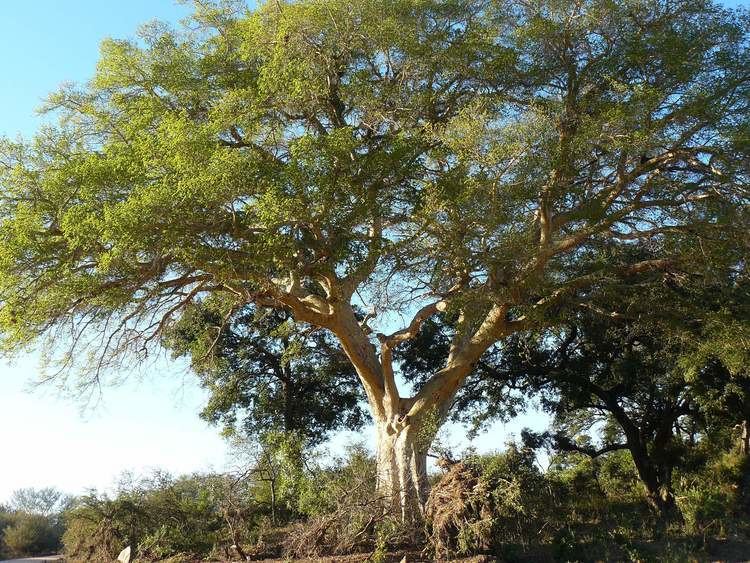
According to botanists Daniel Zohary (b. 1926) and Maria Hopf (1914-2008), the ancient Egyptians cultivated this species "almost exclusively." Remains of F. sycomorus begin to appear in predynastic levels and in quantity from the start of the third millennium BCE. It was the ancient Egyptian Tree of Life. Zohary and Hopf note that "the fruit and the timber, and sometimes even the twigs, are richly represented in the tombs of the Egyptian Early, Middle and Late Kingdoms." In numerous cases the parched fruiting bodies, known as sycons, "bear characteristic gashing marks indicating that this art, which induces ripening, was practiced in Egypt in ancient times."
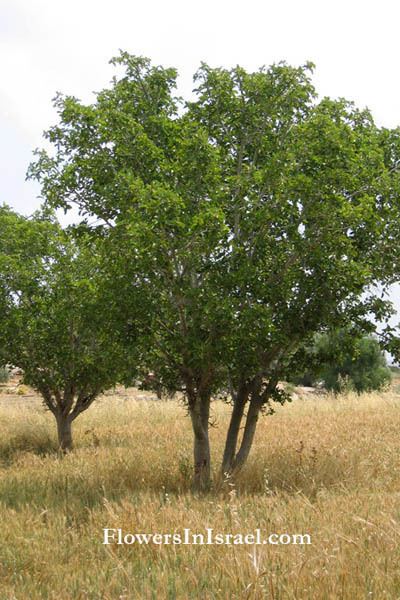
Although this species of fig requires the presence of the symbiotic wasp Ceratosolen arabicus to reproduce sexually, and this insect is extinct in Egypt, Zohay and Hopf have no doubt that Egypt was "the principal area of sycamore fig development." Some of the caskets of mummies in Egypt are made from the wood of this tree. In tropical areas where the wasp is common, complex mini-ecosystems involving the wasp, nematodes, other parasitic wasps, and various larger predators revolve around the life cycle of the fig. The trees' random production of fruit in such environments assures its constant attendance by the insects and animals which form this ecosystem.
A study in 2015 indicated that the sycamore tree was brought to Israel by Philistines during the Iron Age, along with opium poppy and cumin.
Gardens
In the Near East F. sycomorus is an orchard and ornamental tree of great importance and very extensive use. It has wide-spreading branches and affords shade.
Judaism and Christianity
In the Bible, the sycomore is referred to seven times in the Old Testament [Hebrew שקמה shiqmah; Strong's number 8256) and once in the New Testament (Greek συκομωραια sycomorea; Strong's number 4809). Though it was not as common in Palestine, the sycomore was a very popular and valuable fruit tree in Jericho and Canaan.
Hebrew BibleOther religions
In Kikuyu mythology, the sycomore is the sacred tree from where the Kikuyu people originated. All sacrifices to Ngai, the supreme creator, were performed under the tree.
